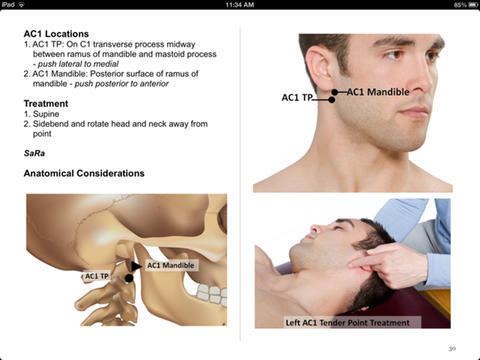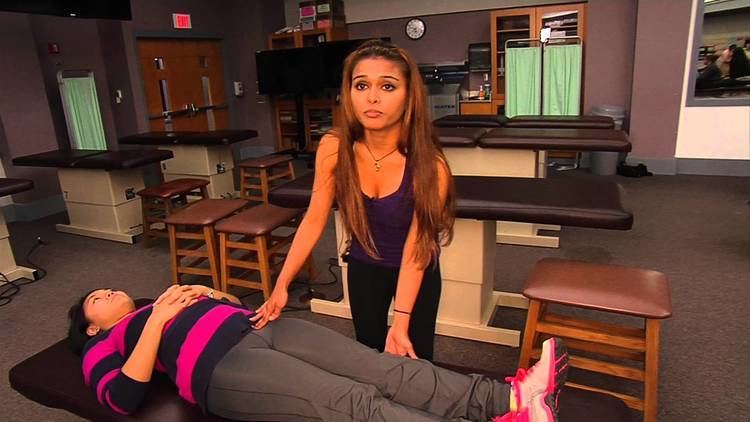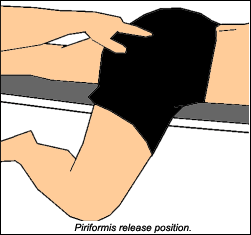 | ||
Strain counterstrain scs or positional release technique for the psoas hip flexors
Counterstrain is a technique used in osteopathic medicine, osteopathy, physical therapy, and chiropractic to treat somatic dysfunction. It is a system of diagnosis and treatment that uses tender points, which are considered to be produced by inaccurate neuromuscular reflexes. The technique inhibits the reflexes by putting the tissues in a position of ease directly opposite to that of the reflex. The Australian and French osteopathic practitioners use the terms: Jones technique, (correction spontaneous by position), and spontaneous release by position. Counterstrain was developed by Lawrence Jones in 1955 and was originally called “Spontaneous Release by Positioning,” before being termed “strain-counterstrain.”
Contents
- Strain counterstrain scs or positional release technique for the psoas hip flexors
- Counterstrain vs trigger point release
- Technique
- Conceptual basis
- Indications
- References
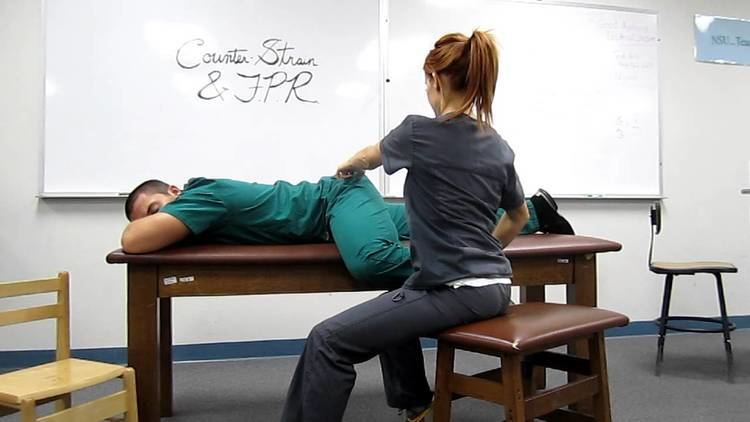
Counterstrain vs trigger point release
Technique
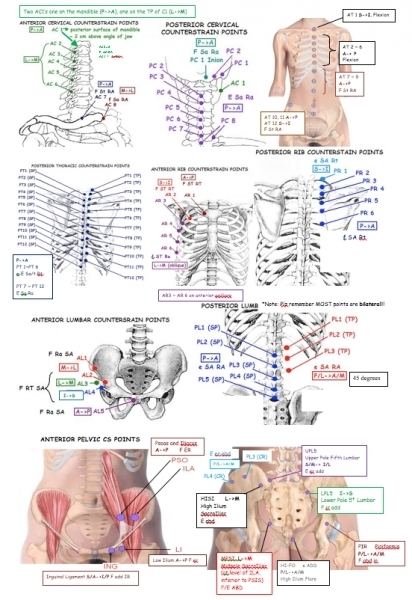
In this technique, the practitioner identifies a point of musculoskeletal pain, called a tender point. Tender points are small, discrete, edematous areas on the body that elicit pain when palpated. Monitoring the tender point, the practitioner positions the patient such that the tenderness at the counterstrain point is minimized when pressed. The practitioner holds the patient in a maximally relaxed position for 90 seconds and then slowly returns the passive patient to a neutral body position. Success of treatment is evaluated by reassessing both the tender point and any accompanying change in range of motion.
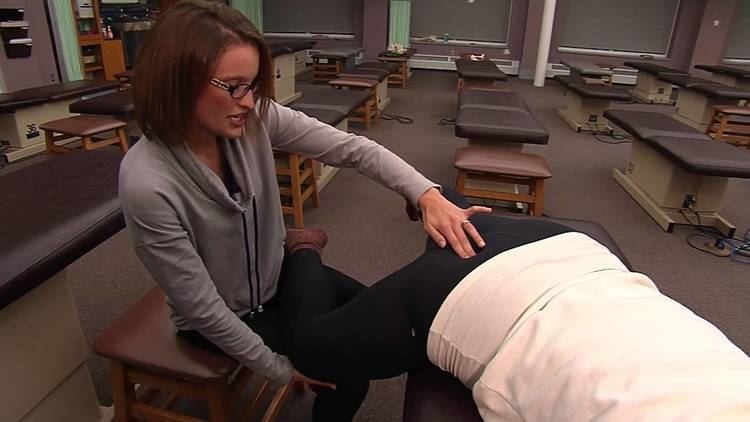
Over 200 tender point locations have been identified to correspond to strain in different muscles and joints. The technique has developed to include variations of manipulations and methods to identify tender points.
Conceptual basis
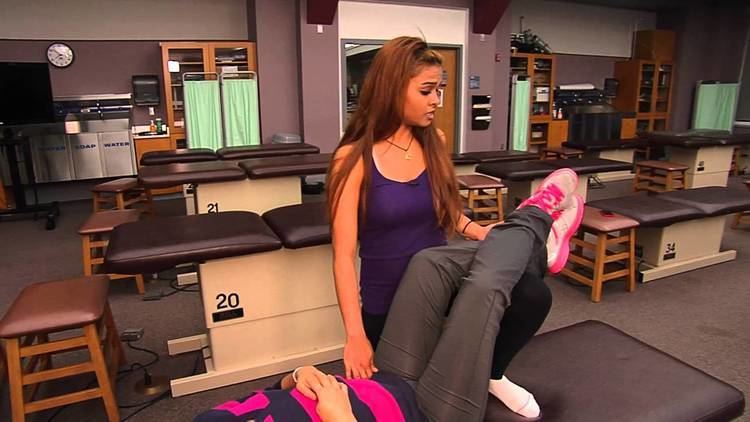
The idea behind counterstrain states that tender points result from reflexive muscular spasm that correspond to dysfunctional motor segments, due to the compensation of an antagonist muscle responding to agonist muscle over-lengthening.
Indications
